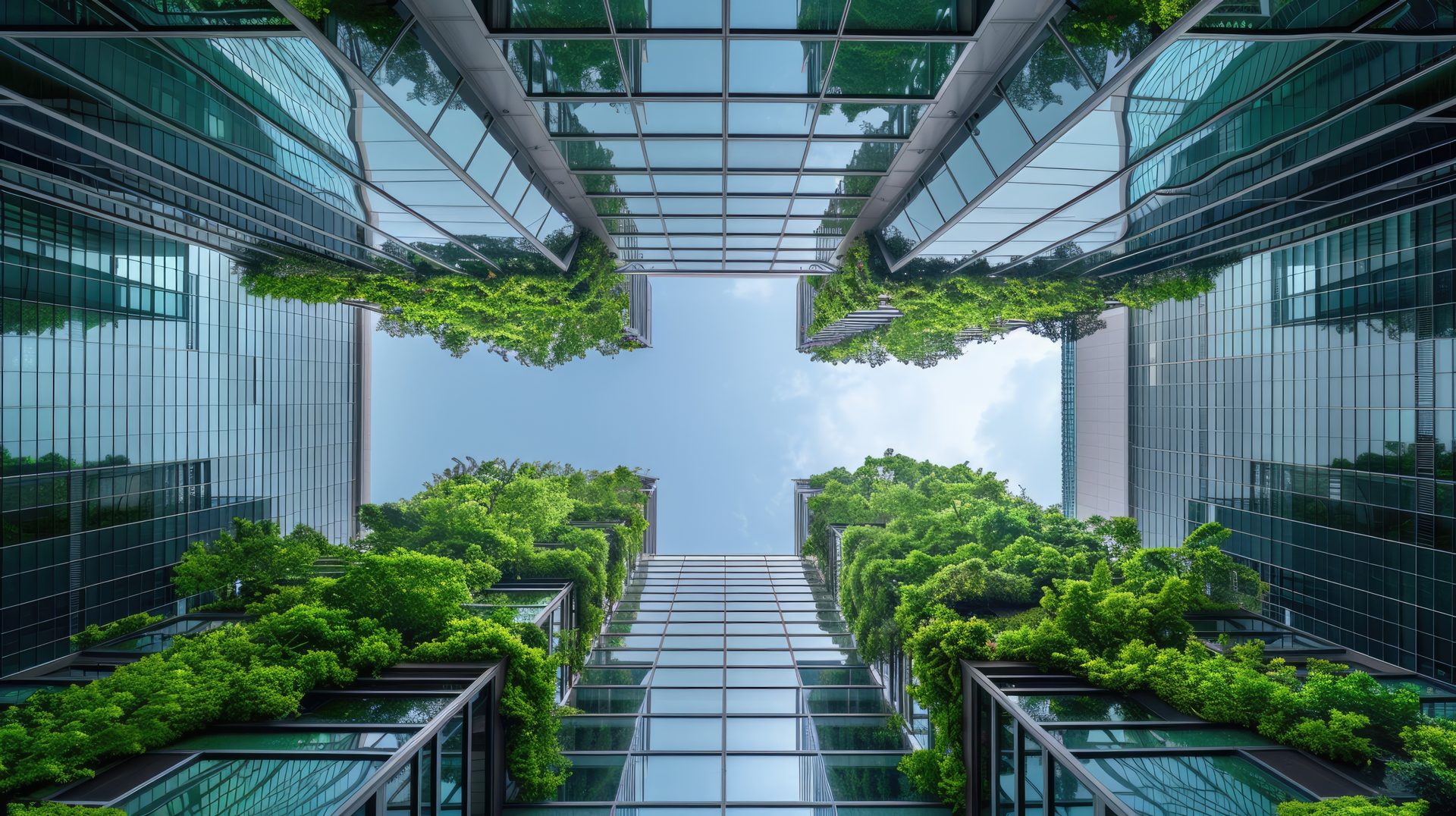From this year 2024, sustainability will become even more important for a greater number of companies. The economic incentives associated with choosing green office space will be significantly higher than before. It is likely that increased demand for green premises will add further pressure to the overall office market.
ESG
Office space in environmentally certified buildings have so far been regarded as a positive but not essential factor for tenants. Under the EU’s new Corporate Sustainability Reporting Directive (CSRD), the number of companies required to report on sustainability will increase from 50 today to over 1,300 by 2025. Additionally, the government has introduced a requirement that public tenders must include at least 30 percent weighting for sustainability considerations. For consultants, banks, lawyers, and other advisory firms, where office and travel activities constitute the largest emission sources, the choice of green office spaces will thus become more important than before. Strong competition for the limited number of office buildings that meet the EU taxonomy requirements is expected.
Survey among 57 JLL transaction teams in EMEA: “Have you experienced investors refraining investment opportunities due to ESG factors?”
9 ESG
Four times as many companies will be subject to sustainability reporting by 2026

2026
CSRD phase 3
2025
CSRD phase 2
2024
CSRD phase 1
Earlier
NFRD
50 companies
1,300 companies
Increased demand for top-tier green buildings will introduce opportunities for property developers. To sufficiently increase the supply of green buildings, a substantial amount of capital, extensive planning, and a considerable amount of time are required. Real estate development is a slow process, and the result may be a gap between the demand for and the supply of green office space, likely pushing up rental prices for these buildings.
Our international partner JLL has found in a comprehensive analysis that globally, across 30 cities, the demand for green buildings could be three times greater than the supply of leading environmental buildings by 2030. In Oslo, Akershus Eiendom has found that 60% of the 100 largest office users have voluntary environmental commitments or are covered by the CSRD. Based on the expiry of these lease contracts, the demand for green office space in Oslo is expected to reach approximately 430,000 square metres by 2030.

Expected demand for green buildings towards 2030 in Oslo
There are currently few projects in Norway that meet the minimum requirements for green buildings according to the EU taxonomy. For example, the energy requirement for buildings constructed after 2020 is about 25 percent stricter than the requirement for today's energy class A. As of 2023, less than five percent of office buildings in Oslo had achieved energy class A. With a low supply of qualifying environmental buildings, we expect that the demand for green office space could be more than double the supply. This is a situation similar to cities like London, Paris, and Berlin.
50
%
Investors stating that they have increased willingness to pay for the most innovative environmentally friendly buildings
The proportion of unmet demand for green office space is comparable to that in other major European cities
Investor: “Do tenants have greater focus on green space now than 12 months ago?”
This means it is increasingly important for property companies to understand how tenants are affected by the new sustainability reporting requirements. Property owners will need to be able to report the building's carbon footprint in CO2 equivalents and energy consumption for the tenants' climate and energy accounts. Furthermore, more property companies will need to reassess their development strategies to meet this increased demand. We believe the real estate industry is facing a tipping point for green buildings.